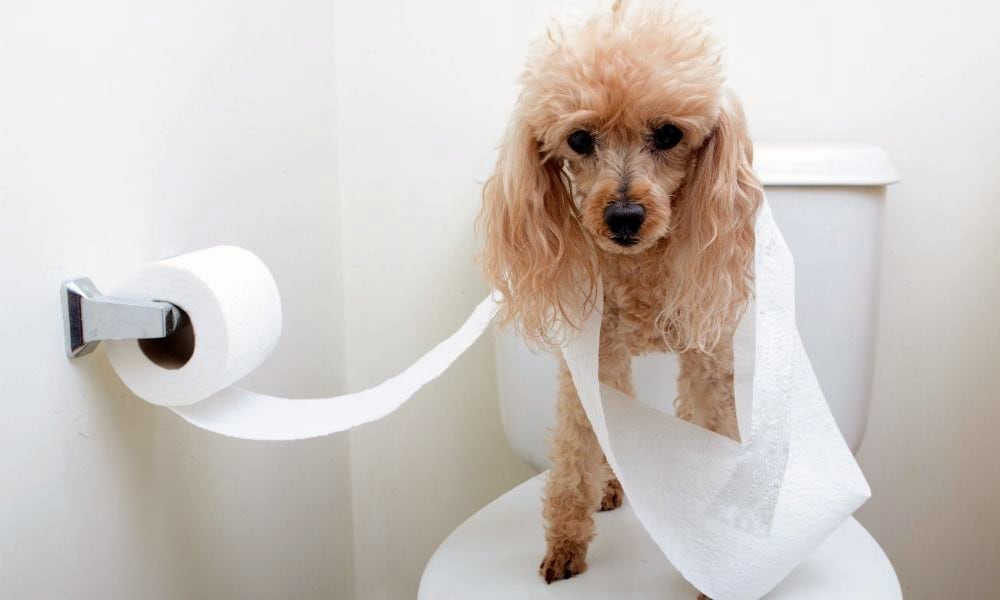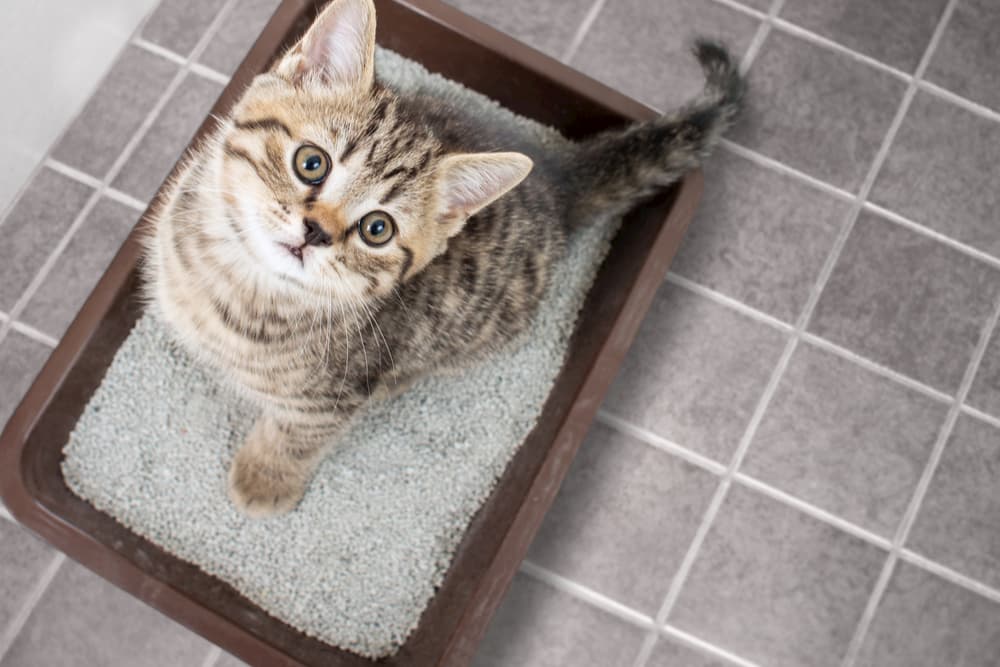Understanding Why Animal Waste Needs to Not Be Flushed Down the Toilet
Understanding Why Animal Waste Needs to Not Be Flushed Down the Toilet
Blog Article
Everyone is bound to have their private views when it comes to 4 Reasons Why Dog Poop Cleanup is Important.

When it pertains to getting rid of waste, specifically animal waste, many people commonly turn to the practical alternative of flushing it down the toilet. Nonetheless, this apparently very easy option can have major effects for the setting and public health. In this article, we'll explore why flushing pet waste down the bathroom is a bad concept and offer different techniques for appropriate disposal.
Introduction
Correct garbage disposal is essential for preserving ecological sustainability and public health. While it may appear harmless to purge animal waste down the commode, it can result in numerous concerns, both for the environment and human well-being.
Dangers of flushing pet waste
Ecological effect
Flushing pet waste presents harmful bacteria and pathogens right into waterways, which can adversely influence aquatic communities. These microorganisms can infect water sources and damage aquatic life, interfering with delicate environments.
Public health problems
Pet waste includes harmful bacteria such as E. coli and Salmonella, which can posture severe wellness threats to people. Flushing pet waste down the toilet can infect water products, leading to the spread of conditions and infections.
Alternatives to flushing
Instead of purging pet waste down the bathroom, there are a number of different disposal methods that are much more eco-friendly and hygienic.
Composting
Composting pet waste is an eco-friendly way to dispose of it. By composting, organic matter is broken down into nutrient-rich soil, which can be made use of to feed gardens and plants.
Garbage dump disposal
Throwing away animal waste in a land fill is an additional option. While not as environmentally friendly as composting, it is a much safer choice to flushing, as it protects against the contamination of water sources.
Family pet waste disposal systems
There are customized pet dog garbage disposal systems offered that securely and hygienically deal with pet waste. These systems frequently use enzymes to break down waste and get rid of smells.
Actions to correct animal garbage disposal
To make sure correct disposal of pet waste, adhere to these actions:
Scooping and getting waste
On a regular basis scoop and bag animal waste utilizing naturally degradable bags. This stops waste from polluting the environment.
Making use of assigned waste containers
Dispose of bagged animal waste in designated waste bins, such as compost bins or landfill bins. Avoid flushing it down the toilet whatsoever costs.
Cleaning up can and animal areas consistently
On a regular basis tidy litter boxes and pet areas to prevent the accumulation of waste and microorganisms. Usage pet-safe cleaning items to preserve health.
Benefits of appropriate disposal techniques
Embracing proper disposal techniques for animal waste offers numerous advantages:
Lowered environmental pollution
Appropriate disposal methods minimize the threat of environmental pollution, protecting rivers and ecological communities from contamination
Reduced risk of water contamination.
By staying clear of flushing animal waste down the toilet, the threat of water contamination is dramatically reduced, safeguarding public health.
Improved sanitation and health
Appropriate disposal methods promote far better cleanliness and health, creating a more secure setting for both humans and animals.
Final thought
Finally, flushing animal waste down the toilet is unsafe to the environment and public health. By taking on alternative disposal approaches and adhering to correct waste administration practices, we can decrease the adverse influence of pet waste and add to a cleaner, much healthier earth.
What To Do With Dog Poo – The Do's And Don'ts Of Disposing Of Faeces
Dog poo bins
Some councils provide dedicated dog waste bins in popular dog-walking areas that can take dog poo that has been bagged but you can legally dispose of dog waste in any public litter bin, as long as it is securely bagged. This also applies to your wheelie bin at home.
Do not flush
Water companies do not recommend flushing dog faeces down the toilet because certain parasites can survive the water processing treatment and are potentially harmful to humans. You should also never consider flushing dog poo that has been bagged down the toilet as the bags will not break down and instead create severe blockages in the sewage system.
In the woods
The Forestry Commission promotes a ‘stick and flick’ method for dealing with waste in the woods. This means finding a stick and using it to flick any poo from off the path so that it is out of the way of other walkers. You could also bury it as long as it is not in an area where there might be livestock.
Livestock
Parasites found in dog poo can be transmitted to livestock if they inadvertently eat infected faeces that has been left on grazing land. This could result in the death of sheep or abortion in cattle so you should always make sure you pick up your dog’s waste in fields where livestock could be present.

On a regular basis tidy litter boxes and pet areas to prevent the accumulation of waste and microorganisms. Usage pet-safe cleaning items to preserve health.
Benefits of appropriate disposal techniques
Embracing proper disposal techniques for animal waste offers numerous advantages:
Lowered environmental pollution
Appropriate disposal methods minimize the threat of environmental pollution, protecting rivers and ecological communities from contamination
Reduced risk of water contamination.
By staying clear of flushing animal waste down the toilet, the threat of water contamination is dramatically reduced, safeguarding public health.
Improved sanitation and health
Appropriate disposal methods promote far better cleanliness and health, creating a more secure setting for both humans and animals.
Final thought
Finally, flushing animal waste down the toilet is unsafe to the environment and public health. By taking on alternative disposal approaches and adhering to correct waste administration practices, we can decrease the adverse influence of pet waste and add to a cleaner, much healthier earth.
What To Do With Dog Poo – The Do's And Don'ts Of Disposing Of Faeces
Dog poo bins
Some councils provide dedicated dog waste bins in popular dog-walking areas that can take dog poo that has been bagged but you can legally dispose of dog waste in any public litter bin, as long as it is securely bagged. This also applies to your wheelie bin at home.
Do not flush
Water companies do not recommend flushing dog faeces down the toilet because certain parasites can survive the water processing treatment and are potentially harmful to humans. You should also never consider flushing dog poo that has been bagged down the toilet as the bags will not break down and instead create severe blockages in the sewage system.
In the woods
The Forestry Commission promotes a ‘stick and flick’ method for dealing with waste in the woods. This means finding a stick and using it to flick any poo from off the path so that it is out of the way of other walkers. You could also bury it as long as it is not in an area where there might be livestock.
Livestock
Parasites found in dog poo can be transmitted to livestock if they inadvertently eat infected faeces that has been left on grazing land. This could result in the death of sheep or abortion in cattle so you should always make sure you pick up your dog’s waste in fields where livestock could be present.

Do you like reading about Why you should never flush dog poop down the toilet? Make feedback down below. We will be pleased to hear your ideas about this blog. We are looking forward to see you back again before long. Kindly take the time to promote this blog entry if you enjoyed it. I praise you for your time. Kindly come by our site back soon.
Book Your Service Report this page